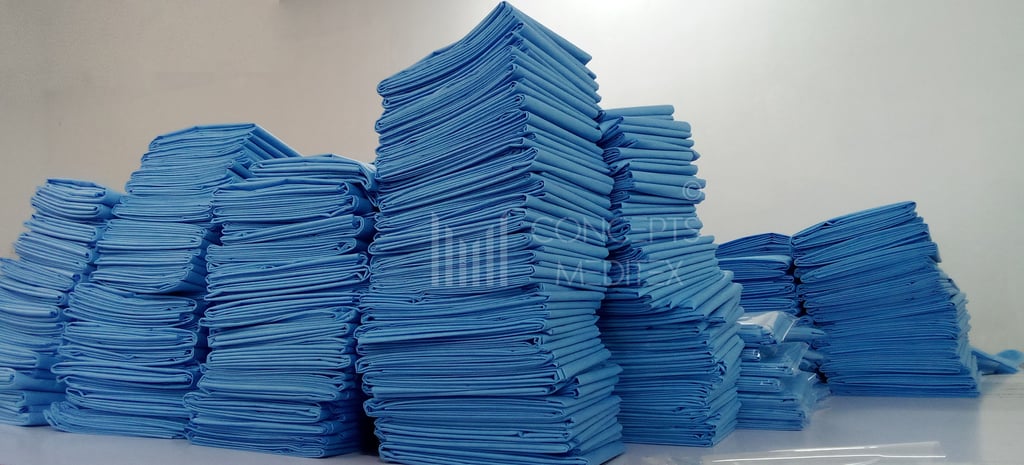
The Classification and Applications of Disposable Medical Textiles in General Practices


Introduction to Disposable Medical Textiles
Disposable medical textiles are crucial materials in both clinical and general practice settings. They provide a range of benefits, including enhancement of hygiene, patient safety, and convenience. This blog post will explore the classification of these textiles, the user groups who rely on them, and their diverse applications in general practices.
User Groups and Their Needs
The primary user groups of disposable medical textiles include healthcare professionals, patients, and medical institutions. Healthcare professionals, including doctors, nurses, and technicians, utilize these textiles to maintain sterile environments and protect against cross-contamination during medical procedures. For instance, surgeons depend on surgical drapes and gowns made from disposable materials to minimize infection risks during operations.
Patients also benefit from disposable medical textiles, as they are often provided with gowns and covers that ensure comfort and hygiene during treatments. Additionally, medical institutions require large quantities of these textiles for various procedures, including examinations, surgeries, and general patient care.
Applications of Disposable Medical Textiles in General Practice
In general practices, the applications of disposable medical textiles are vast and varied. They play an essential role in routines such as patient examinations, wound care, and diagnostic procedures. For example, examination gloves and drapes are standard in every practice, promoting a safe environment for both the practitioner and the patient.
Another significant application is wound management, where disposable dressings and bandages are used. These textiles not only ensure that the wound remains free from outside contaminants but also facilitate healing. Moreover, disposable masks and face shields are vital in maintaining respiratory safety, especially in situations involving vulnerable patient populations.
Furthermore, the advent of innovative materials has led to the development of textiles that provide enhanced performance. For instance, some disposable products are made with antimicrobial properties, offering added protection against infections.
Conclusion
In conclusion, the classification of disposable medical textiles in general practices is integral to healthcare delivery. Understanding the unique requirements of different user groups and recognizing effective applications of these materials can significantly improve healthcare outcomes. As disposable medical textiles continue to evolve, they will undoubtedly play an increasingly important role in ensuring safety and efficiency in medical settings. The continuous innovation in this sector promises better solutions and further advancements that cater to the evolving needs of healthcare providers and patients alike.
